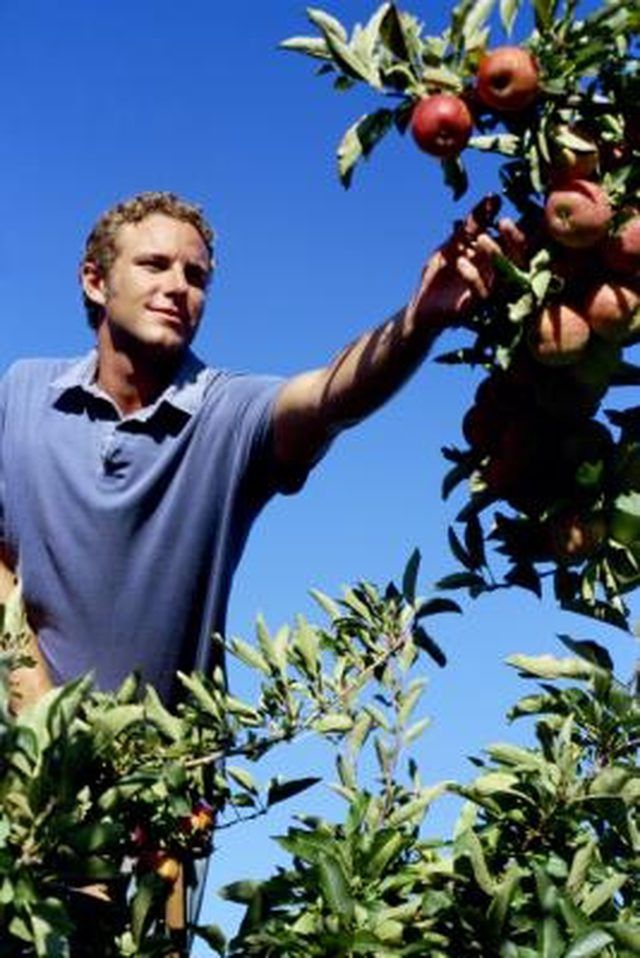Bulbs
Flower Basics
Flower Beds & Specialty Gardens
Flower Garden
Garden Furniture
Garden Gnomes
Garden Seeds
Garden Sheds
Garden Statues
Garden Tools & Supplies
Gardening Basics
Green & Organic
Groundcovers & Vines
Growing Annuals
Growing Basil
Growing Beans
Growing Berries
Growing Blueberries
Growing Cactus
Growing Corn
Growing Cotton
Growing Edibles
Growing Flowers
Growing Garlic
Growing Grapes
Growing Grass
Growing Herbs
Growing Jasmine
Growing Mint
Growing Mushrooms
Orchids
Growing Peanuts
Growing Perennials
Growing Plants
Growing Rosemary
Growing Roses
Growing Strawberries
Growing Sunflowers
Growing Thyme
Growing Tomatoes
Growing Tulips
Growing Vegetables
Herb Basics
Herb Garden
Indoor Growing
Landscaping Basics
Landscaping Patios
Landscaping Plants
Landscaping Shrubs
Landscaping Trees
Landscaping Walks & Pathways
Lawn Basics
Lawn Maintenance
Lawn Mowers
Lawn Ornaments
Lawn Planting
Lawn Tools
Outdoor Growing
Overall Landscape Planning
Pests, Weeds & Problems
Plant Basics
Rock Garden
Rose Garden
Shrubs
Soil
Specialty Gardens
Trees
Vegetable Garden
Yard Maintenance
Life Cycle of a Fruit Tree
Life Cycle of a Fruit Tree. Fruit trees, including temperate plants such as apples, pears and cherries, and tropical trees, such as mangoes and citrus, are angiosperms that rely on flowers to reproduce. The life cycle of these trees starts with a seed.

Fruit trees, including temperate plants such as apples, pears and cherries, and tropical trees, such as mangoes and citrus, are angiosperms that rely on flowers to reproduce. The life cycle of these trees starts with a seed.
Germination
Seeds vary greatly in fruit trees, from the tiny apple seed to the large mango seed. The seed holds genetic material that, when conditions are good, begins to grow into a new tree.
Growth
The fruit tree seed sprouts, using stored starches to grow, and then sends out roots that collect water and nutrients. Stems and leaves also grow, providing sugars for the tree through photosynthesis. The fruit tree matures over time and then reproduces.
Reproduction
Fruit trees flower to reproduce. In each flower are male anthers that make sperm-laden pollen and the female pistil, consisting of the stigma at the tip, the style and ovary at the base.
Pollination
Insect pollinators move the pollen from the anthers to the stigma. Sperm cells enter the stigma, travel through the style and into the ovary to fertilize the ovules inside.
Seed Development
The fertilized ovules become seeds. The ovary grows into a modified seed pod, with a thick wall around the seed. This wall is full of sugars that taste sweet and are good to eat.
Dispersal
Once the fruit ripens, it may be eaten by humans or animals, often dropping the seeds to the ground. After contacting the soil, the seeds germinate to restart the life cycle of the fruit tree.